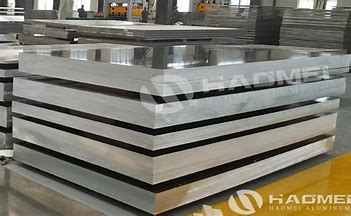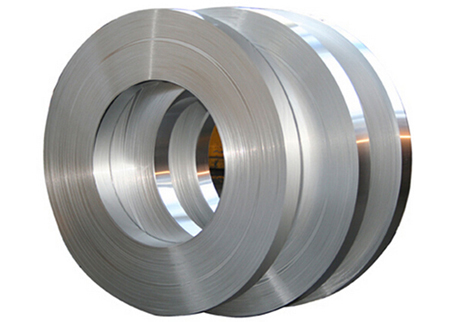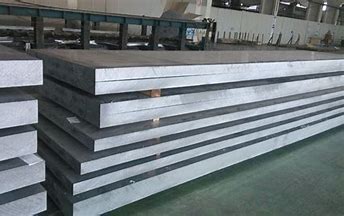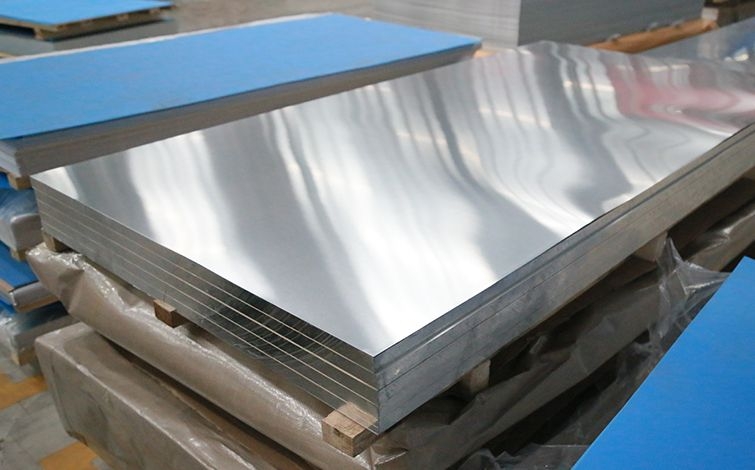



High-end aerospace aluminium alloys are the backbone materials for aircraft and aerospace vehicle manufacturing. Along with the increasing requirements for flight performance, payload, fuel consumption, service life and safety and reliability in the design and manufacture of contemporary aircraft, the comprehensive performance and reduction effect of the aerospace aluminium alloy structure has also put forward higher and higher requirements. The use of large size aluminium alloy material CNC milling to produce monolithic aluminium alloy structural parts, instead of the traditional combination of several aluminium alloy parts assembled together, can not only achieve significant weight reduction of structural parts, improve the reliability of the service process, but also reduce the aircraft assembly process and reduce manufacturing costs. This advanced design and manufacturing method places very demanding requirements on aluminium alloy materials: the maximum thickness of forgings or pre-stretched plates of high-end aerospace aluminium alloy materials often need to reach 150mm or more, with a high degree of uniformity in the overall performance of components of different thicknesses, while also possessing excellent strength - plasticity - fracture toughness - fatigue resistance - stress corrosion and spalling corrosion resistance to match.
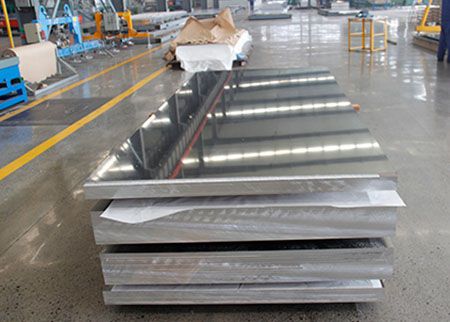
Aluminium is used as the main propellant in the solid rocket booster engines of the Space Shuttle because of its high bulk energy density and the difficulty of accidental ignition. Aluminium alloy sheets are used in a large number of aerospace applications with complexity and performance requirements ranging from simple components to major load-bearing structures in aircraft such as the Airbus A340 and Boeing 777. the aircraft and aerospace industries have long relied on aluminium alloy materials for high-end aerospace applications. Without the use of aluminium alloys in engines, the first aircraft would never have been able to fly. Artificial satellites are made of aluminium, so that they can survive the journey through our hot outer atmosphere and into space. Even today, NASA uses aluminium alloys for high-end aerospace applications such as aluminium-lithium blends in its advanced Orion spacecraft.
* Thank you for your inquiry. Please provide your business needs information so that we can better serve you.
This information can help us assign the most suitable person to solve your problem. We will give you feedback within 1-2 working days.
Related Blog
